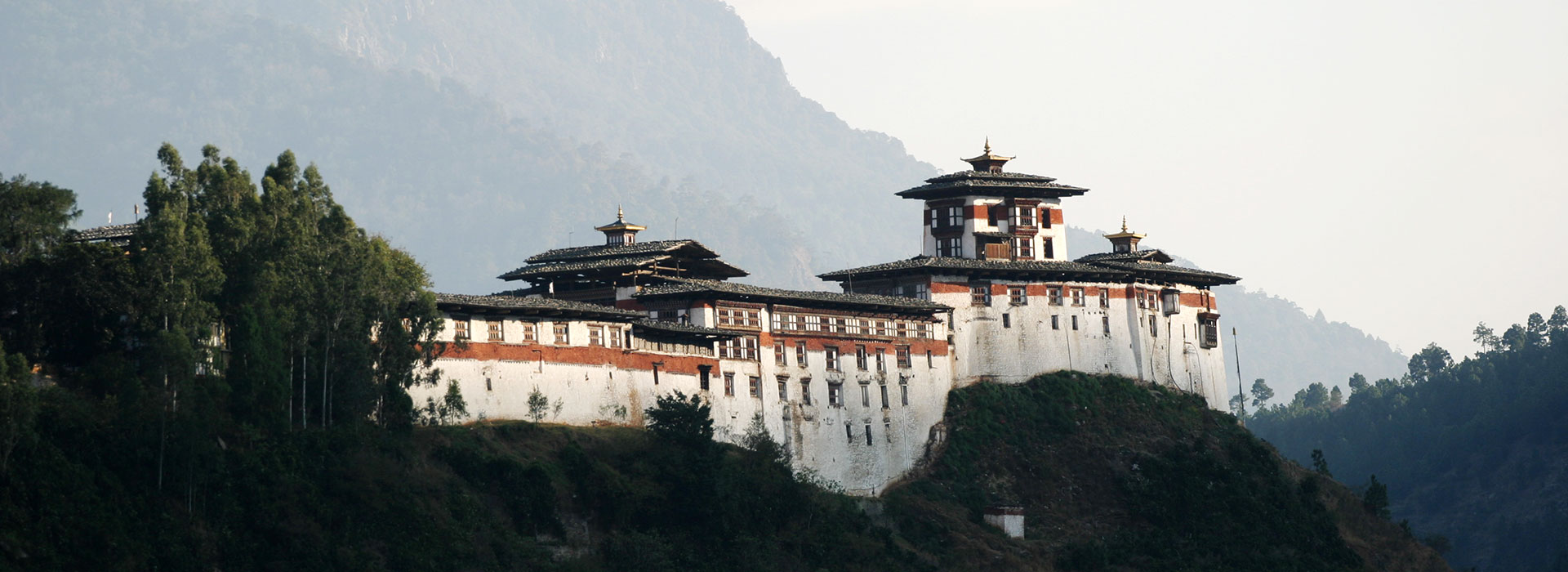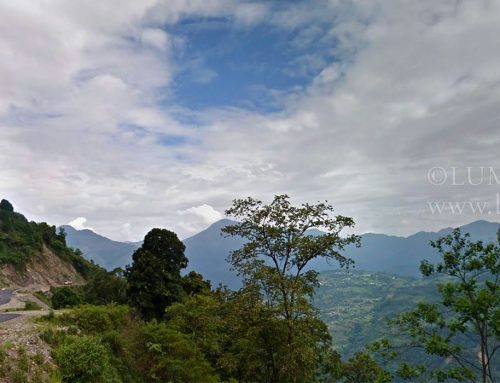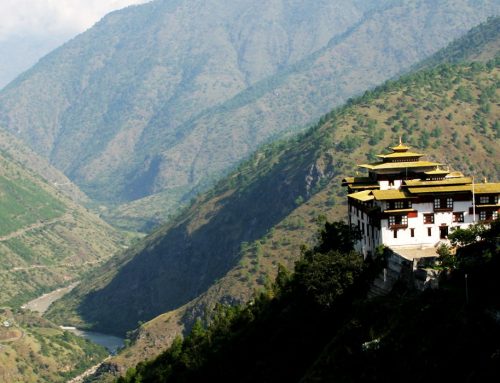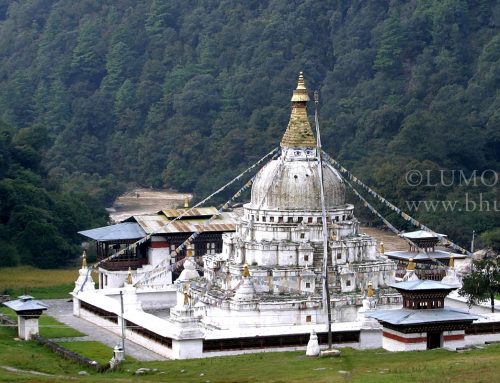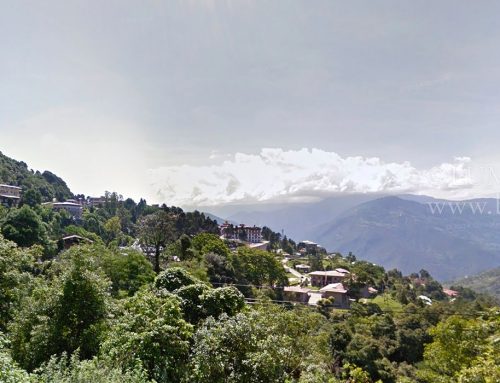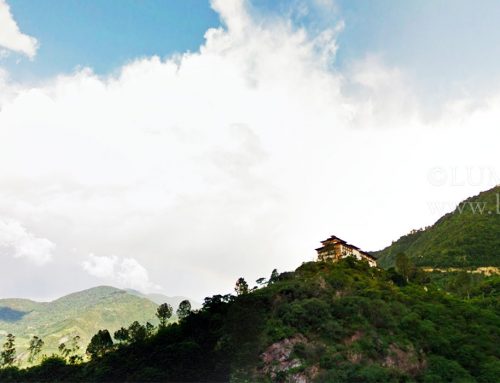Popularly known as the ‘sha’ region, Wangduephodrang stands gateway to several other districts in eastern and southern Bhutan. It is also a multi-lingual district with several ethnic communities. The district’s climate ranges from sub-tropical in the south to temperate and almost alpine in the north.
The Wangduephodrang Dzong is one of the most fascinating fortresses in the country. It’s perched on a ridge overlooking the Punatshangchu and Dangchu Rivers and was built by the Zhabdrung himself in 1639.
The district is home more than a dozen significant religious sites, including temples and monasteries. One of them is the popular Gangtey Monastery, also known as Gangtey Sanga Choeling Goemba. The monastery is located in Phobjikha, the famous winter roosting grounds for the endangered black-necked cranes.
Most people in Wangduephodrang speak the national language – Dzongkha. The people are known for their fondness for archery, the national game of Bhutan. The region is also known for ancient ballads.
Like many other districts in the country, Wangduephodrang also presents rich biodiversity in terms of flora and fauna. The district is a birder’s paradise with more than 390 species of birds found in the region. Some rare birds like the White-Bellied Heron and Spotted Eagle are found only in Wangduephodrang.
The people of Wangduephodrang grow paddy rice, wheat and other cereals. They also grow potatoes abundantly.
Places of Interest: Wangduephodrang Dzong, Dolong Goemba, Rinchenling Shedra, Nyizergang Lhakhang, Tashila Ropeway, Phobjikha Valley, Gangtey Monastery.


